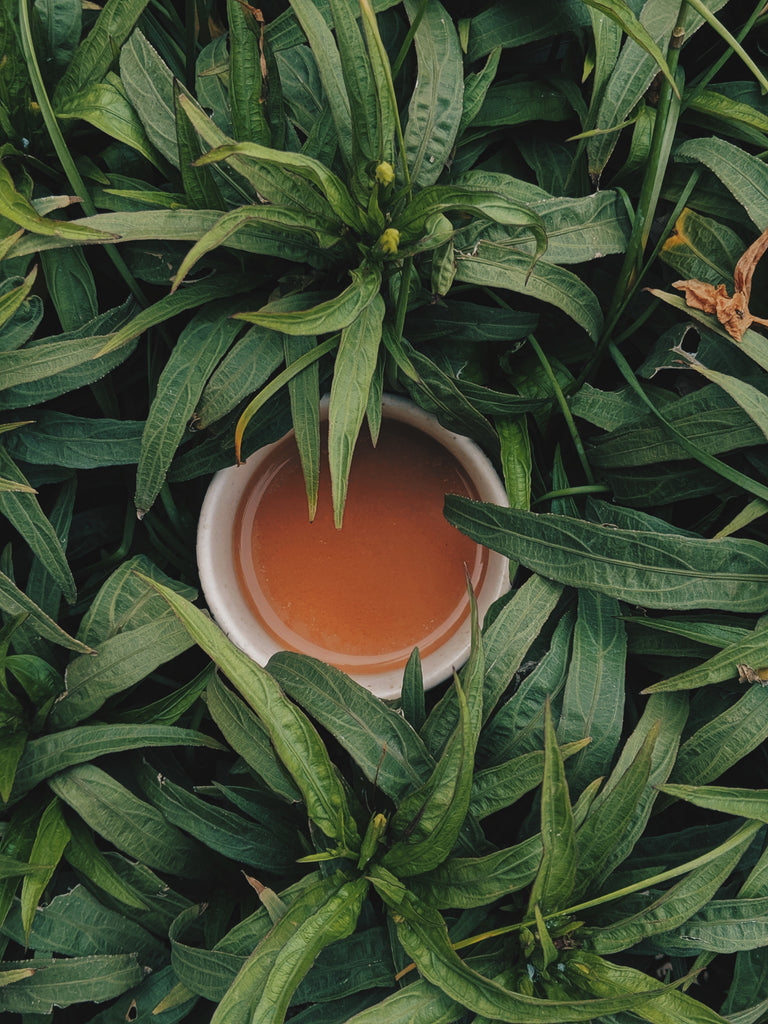What is Single Origin Tea?
Posted by DYLAN LINDEBERG

Single origin tea is tea that comes from a single region and harvest, with no added flavors or blends. However, Single - Origin can mean different things to different people. Some companies use this term to label any tea that comes from one country. In other cases, the term “single origin” is used to denote tea that was produced on a single plantation. Some tea brands will go so far as to stamp their boxes with the details of the location, harvest time and year. The connotations of quality here are similar to those associated with wine labelling; if you really enjoyed the spring harvest of 2013 you will surely seek out more from that vintage. With the exception that tea does not age in the way that wine does and surely freshness is essential.
The wine analogy is useful in explaining partly why a dedicated tea drinker might seek out teas from a single location. In the same way that wines from different regions have unique flavors, tea will demonstrate different qualities depending on where and under what conditions it is grown. In order to learn about these and educate the palate, it is necessary to separate the tea leaves.

The terrior, or environment in which the tea was grown, can have significant impact on the taste. The harvest time can also impact the tea. For these reasons some tea connoisseurs may seek out specific tea blends, or purchase those that are grown under similar conditions to one they know they like.
If you go into any supermarket in the U.S., you will find row upon row of neatly-packaged boxes of tea bags. Many of these are flavored teas, a base of black or green tea (usually low-quality, which the flavoring masks), with added flavor extracts and, if you're lucky, some whole herbs, spices, or flowers in the mix.

If you buy a basic black tea, it is usually a blend of teas from different regions, finely broken and mixed together. The tea might come from India, China, Sri Lanka, or perhaps Kenya or Indonesia.
If you were to sample single-origin teas from each location, you'd find that each tasted unique, even if they had been produced by similar methods. You'd also find that teas harvested at different times of year can taste different. Sometimes the same harvest of tea even varies in different years, due to changes in weather and climate.
Companies like Lipton and Tetley combine teas from plantations in different countries, to maintain consistent characteristics of their blends. As the flavors change seasonally and from year to year, the companies need to keep changing the proportions to keep their signature flavor.
The diversity is “blended out”. The shopper gets a uniform product: predictable, trustworthy, lifeless.
Much of the expertise in this process lies with the blenders. The price you pay for that box of tea bags largely goes to packaging, blending, and marketing, with less reaching the people who grow and process the tea. The economics favor a “race to the bottom” which pushes for increased yields achieved through large monocultures that are environmentally unsustainable. Uniqueness of flavor becomes a liability rather than an asset.
But there is another way, a model based on embracing the diversity, and that is to focus on single-origin, single-harvest artisan teas.
Tea has a long history; in China it has been consumed for thousands of years. China alone has astonishingly diverse traditions of tea production. Under the broad umbrella categories of black, green, white, oolong, and dark teas (all from the same plant) there are countless varieties, some of which have been developed to mimic the scents of specific flowers or fruit (without added flavoring extracts!).

Popular cultivars and production methods have spread to multiple areas. In a new location, the unique climate immediately shapes the tea's flavor, and over time the traditions of processing evolve independently, leading to further changes.
Taiwan now produces oolongs that originated in mainland China; Japan invented countless types of steamed green tea, and the Darjeeling district of India did something completely novel with black teas. Kenya has an even younger tea industry, but has become a hotbed of innovation, often spearheaded by small farmers.
When you buy single-origin loose-leaf tea, a greater portion of the price you pay reaches the producers. Part of this is because you're not paying for packaging, but an additional factor is that greater skill resides with the producers, including both growers and those who process the tea (who, on many small family farms, are the same people). Better tea fetches a higher price, giving producers a path towards economic empowerment.
If you are looking to explore geographic diversity in tea, check out our "Origin" filter when browsing all tea. You can filter by country and region to see what teas might interest you.
If you are not used to drinking loose-leaf tea, I recommend starting with a tea infuser; this one, is our customer's favorite and a great lifetime investment.. Once you start drinking loose-leaf, single origin tea, it is hard to go back!



Ellen On
Do you have a tea to lower blood sugar?